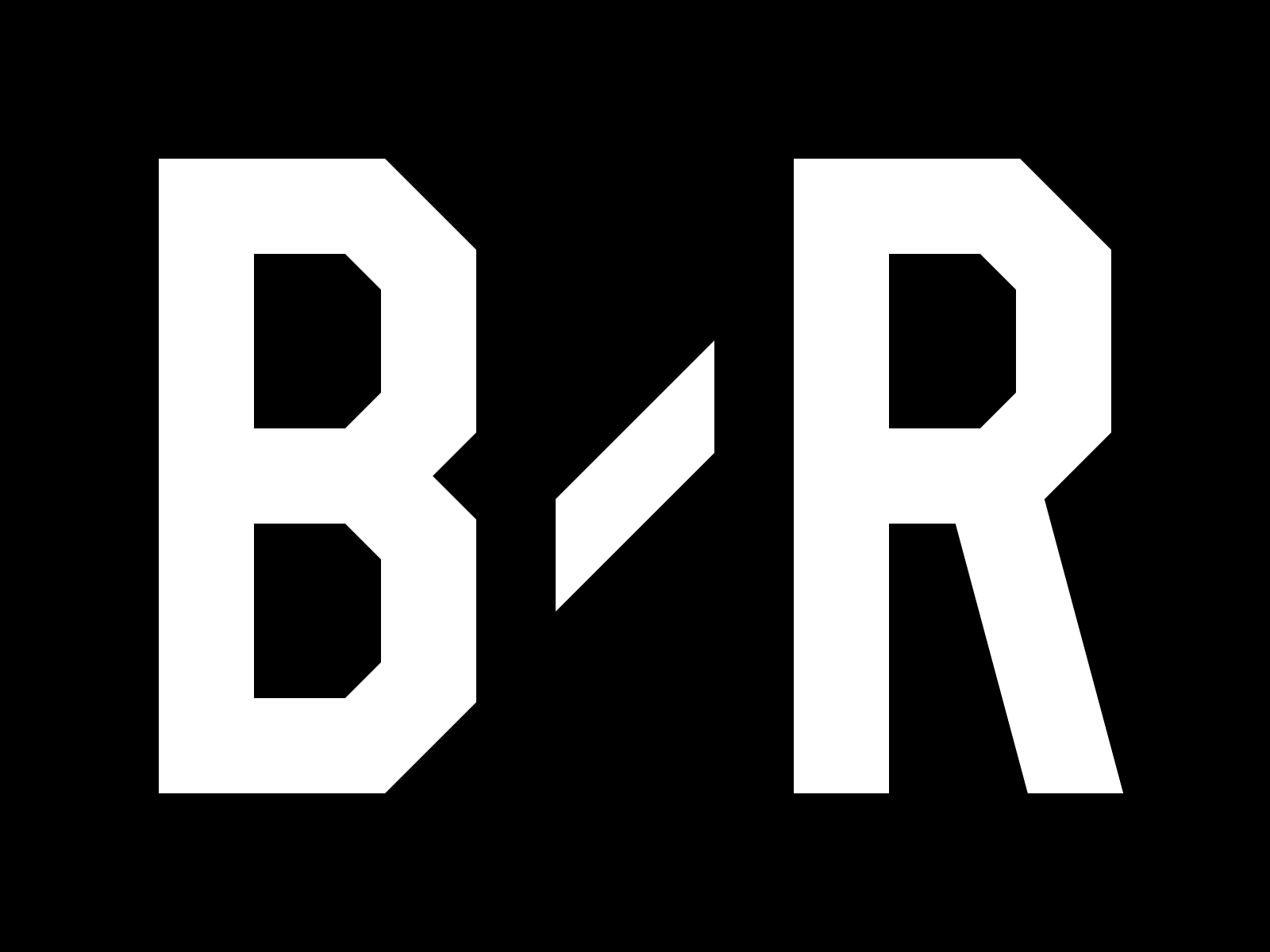Despite 30 years of creative stories, captivating feuds and awe-inspiring theatricality, it is The Undertaker's most simple character that fans continue to clamor for.
That's funny, because The American Badass chapter of his career lasted only three years, a mere 10 percent of its total, and was not nearly as responsible for the moments and matches the future Hall of Famer would provide audiences in other guises.
Maybe it's because of the nostalgia associated with the character's Attitude Era introduction. Perhaps it is the staleness of The Deadman? Might it be the fact that the biker gimmick is the truest-to-life representation of the man himself?
Back for the first time in 20 years following his dismantling of AJ Styles in the acclaimed Boneyard match at WrestleMania 36, relive the evolution of The American Badass chapter of Undertaker's illustrious and captivating history.
A Desperate Call for Change
One of The Undertaker's greatest attributes has always been his ability to evolve and adapt as a character. Consistently able to recognize when it is time for change, he has spent his career adjusting his on-screen persona to better fit the times.
The Ministry of Darkness chapter of The Undertaker took things in such a drastic, edgy direction that it became obvious it would be difficult to go backward. It was also because obvious there was no forward direction, either.
In September 1999, his body beaten and battered from years of in-ring wars with the likes of Mankind, Shawn Michaels, Bret Hart, Vader, Kane and Steve Austin, Undertaker disappeared from television after shooting an angle with Vince McMahon that resulted in his removal from the Unforgiven pay-per-view main event.
During the rehabilitation time off, he would undergo a transformation that would save both him and his career while introducing the WWE Universe to a side of the man it had never seen before.
It would prove key to ensuring he remained relevant and successful in a company he had helped grow into the biggest sports entertainment empire in the world.
He's Here
After weeks of vignettes featuring young girls playing a game of Ring Around the Rosie, they paid off with the re-emergence of The Undertaker, who exploded through the curtain on a Titan motorcycle, coming to the aid of The Rock as The Great One was beaten down and brutalized by Triple H and the rest of the villainous McMahon-Helmsley Regime.
Unfortunately, his chokeslam to The Game cost Rock the WWE Championship and set the newly dubbed American Badass up as an avenging anti-hero who was not on any one man’s side. He was a tweener, a loner. A biker with no affiliations of his own and no desire to develop any, he was perfect for an Attitude Era that had elevated the likes of "Stone Cold" Steve Austin to worldwide recognition.
He entered to Kid Rock's "American Badass" (hence the character label) before segueing into the more appropriate "Rollin'" by Limp Bizkit. The theme songs became as significant to the overall package as anything he did in the ring.
The American Badass would throw hands with Austin, Rock and the other babyfaces on the roster as quickly as he would Triple H, Vince McMahon, D-Generation X and even his own brother, Kane. A man on an island, devoid of any real friends, he was an outlaw gunslinger and the fans found it cool.
Later, when he developed the Deadman Inc. catchphrase and defended WWE against the invaders from WCW and ECW, he remained one of the most popular stars on the roster. Unfortunately, it was during this period that his in-ring work diminished significantly.
Relying on those big "soup bone" hands, as commentator Jim Ross put it, to hammer away at opponents, he appeared less motivated to turn in the quality of performance fans had become accustomed to. Now a brawler, he was much more punchy and kicky than he had been before, and the quality of his work took a fairly large dip as a result.
The wholly unnecessary decision in November 2001 to turn him heel did not help matters.
The Heel Turn No One Asked For
After a year spent warring with bad guys and defending WWE’s honor, Undertaker shocked the world when he turned heel, assisting Vince McMahon in the humiliation of Jim Ross in the commentator’s home state of Oklahoma.
The turn came from out of nowhere and left fans scratching their heads.
Sure, it would provide a bit of a change for the Badass, but the lack of storytelling to explain it, as well as the nonsensical alliance with McMahon, hurt the impact it may have otherwise had.
Undertaker would feud with Rob Van Dam, capturing the WWE Hardcore Championship at December 2001’s Vengeance pay-per-view. From there, he would be part of the most memorable and unlikely elimination in Royal Rumble history when he was dropkicked to the floor by Maven.
A feud with The Rock got him through February 2002, while an intensely personal rivalry with Ric Flair culminated in one of the better matches on the WrestleMania X-8 card. After that, he would spend weeks making life a living hell for Nature Boy.
It was during this stretch that he would wrestle two awful PPV matches on the bounce, beginning with a slow and boring bout against Steve Austin at Backlash in April 2002 and continuing the next month at Judgment Day, where he defeated Hulk Hogan to capture the WWE Undisputed Championship.
While he would remain a heel into the early summer, and even wrestle another horrifically bad main event against Triple H at the King of the Ring, it became apparent fans still wanted to cheer this cool biker with total disregard for the rules and his opponents.
Enter, The Un-Americans.
Return to the Dark Side
After Undertaker dropped the WWE title to The Rock in a match also involving Kurt Angle that was his first quality bout since the Flair encounter months earlier, he took exception to the anti-American rhetoric of Lance Storm, Christian and Test and found himself at war with the group.
Battling those disrespectful Canadians necessitated a turn back to babyface status and set him up to be the first challenge to Brock Lesnar’s WWE Championship. It was against The Next Big Thing in September and October 2002 that he found himself as a performer again.
Partaking in physical, hard-hitting battles with the rookie, Undertaker was motivated again. He worked harder, even bleeding buckets inside Hell in a Cell, to put Lesnar over. While he was unsuccessful in his quest to regain the title, he had earned acclaim for the first time since discarding his gothic attire in favor of biker leathers.
The next year would be one of ups and downs.
For every strong showing he had against a young, hungry star like Lesnar or John Cena, there was a letdown in the form of a slow and plodding match against Big Show or A-Train. The inconsistencies became overwhelming and by November 2003’s feud with McMahon, it felt like change was needed once again.
He got it when Kane interfered in his Buried Alive match with The Chairman of the Board at Survivor Series, burying The American Badass and opening the door for the return of The Deadman.
In 2004 at WrestleMania XX, The Undertaker returned to the theatricality of The Deadman. Gone were the motorcycle and badassery that had defined the character for three years and in its place was the purple lighting, the slow, stalking walk to the ring and the smoke that followed.
For those who loved the American Badass persona, it was a major disappointment. What was old was new again and it robbed some, fans during the height of the Attitude Era, of the only Undertaker they had known.
To this day, the question remains whether it was the right time to wave goodbye to that particular chapter of The Phenom’s career.
Hindsight tells us it probably was.
The American Badass was necessary for The Undertaker’s career during the Attitude Era. He needed to go away and come back reborn; the older, more mature audience demanded it.
The bells and whistles of The Deadman didn’t work anymore, so when he came back as a butt-kicking biker from Houston, fans could invest a lot more in what he was doing.
The in-ring work suffered, though, and the creative inconsistencies hurt what should have been a character that Undertaker could have thrived in for the rest of his career.
When 2004 arrived and fans began showing an appetite for nostalgia, it made sense to leave behind a character that had already managed to outlive its shelf life and return to the gimmick that made Undertaker such an enormous fan-favorite in the first place.
As the next two decades passed, though, fans began clamoring for the return of The American Badass. While it may seem absurd, his latest run in the Deadman gimmick lasted 16 years, nearly double what his first did with the character.
The staler things got and the older the man behind the creation got, the hotter the demand for the more realistic American Badass got.
Keep Rollin', Rollin', Rollin', Rollin'
Underwhelming performances against Goldberg and D-Generation X in Saudi Arabia, coupled with a gimmick that had outlived its usefulness, sparked the return of The American Badass this year.
When Kurt Angle reportedly offered up AJ Styles as a man The Undertaker could still have a great match with at his advanced age, the seeds were planted for one more character rebirth.
When Styles went on TV and disparaged his WrestleMania 36 opponent, calling him by his real name and insulting his wife, Michelle McCool, Undertaker had all the reason he needed to ride out of the darkness and into the light, ready to unleash an American Badass whooping on The Phenomenal One.
And he did so in grand fashion.
Undertaker unloaded a bit of The Deadman, a bit of The American Badass and a whole load of Mark Calaway on Styles in a cinematic masterpiece known as the Boneyard match.
By the time he buried his opponent and sat back on his motorcycle, raising his fist in the air in recognition of another Superstar conquered, fans understood they had just witnessed the transformation back to the unapologetic ass-kicker who had starred for WWE at the turn of the century.
The future remains unclear for The Undertaker, though.
With an upcoming WWE Network docuseries in the works entitled Undertaker: The Last Ride on its way, it appears, now more than ever, that the iconic figure is preparing to hang up his boots. When that will happen, or if it already subtly is following the defeat of Styles, remains to be seen.
If not, expect to see Undertaker keep rollin' under an American Badass character that allows for a less taxing style physically while still winning fans over with nostalgia for the Attitude Era days.








Read 0 Comments
Download the app for comments Get the B/R app to join the conversation